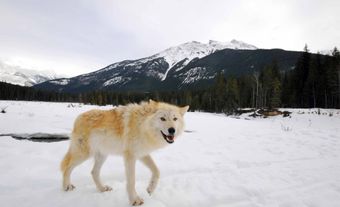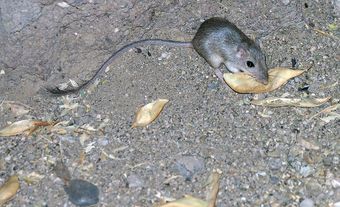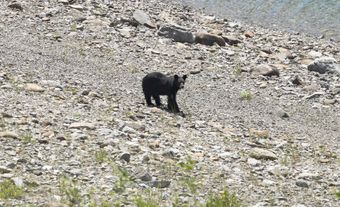The American badger (Taxidea taxus) is the only North American member of the weasel family specialized for burrowing and capturing prey underground.
The body is squat; legs are short and heavily muscled; and feet large with long, heavy claws. Adult males may reach 11.4 kg in weight and 84 cm in length. The head is small, triangular and flattened, with prominent snout and ears. The long, coarse pelage on the body is silvery yellowish; underparts are paler and feet are black. The head is brown with white crescents on the face. A narrow white stripe runs from muzzle to shoulders.
Badgers inhabit grassland and open woodland of the southern prairie provinces and BC, extending southward through the prairies and semideserts of the US and northern Mexico. Food is mostly burrowing rodents. The badger is primarily nocturnal, resting by day in extensive burrows, alone if male or with kits if female. Both sexes hibernate.
Mating occurs July-August. After a long period of implantation, the embryo begins to develop and litters (1-4 young) are born March-April. Young are independent in 2-3 months and mature early; females may breed at 5 months, males usually not until 7 months.
Overhunting and predator control have greatly reduced the number of badgers in parts of Canada. See also endangered animals.

 Share on Facebook
Share on Facebook Share on X
Share on X Share by Email
Share by Email Share on Google Classroom
Share on Google Classroom





